当前位置:网站首页>Day-17 connection set
Day-17 connection set
2022-07-07 12:36:00 【Xiaobai shelter】
Examination supplement
geter/seter Use of methods
for example Declare a variable private String name;
seter Is to set the attribute value , Therefore, it is necessary to enter , Don't worry if you set it up , No need to participate , Therefore, the return value type is void
public void setName(String name){
this.name=name;
}
geter Is to get the attribute value , Therefore, it is necessary to participate ( Return value ), No input is required , Just get value , It is not to modify the value
public String getName(){
return name;
}
1.LinkedList
① Concept :LinkedList: The bottom layer is a two-way linked list , Because it's not continuous storage , It's just that you can find the address of the next element , So add and delete High efficiency , But the query efficiency is low , Because you can only find one by one from the first
② Common operations :
stay LinkedList list=new LinkedList();
//ArrayList list=new ArrayList();
// Add to tail
list.add(1);
list.add(11);
list.add(2);
list.add(13);
// Add to specified location
//list.add(index,element);
// Add to head
//list.push(e);
//list.addFirst(e);
// Tail add
//list.addLast(e);
// Number
System.out.println(list.size());
// Determine whether it is null
System.out.println(list.isEmpty());
// Delete... According to subscript
list.remove(0);
// Delete according to data
list.remove(new Integer(11));
// Empty
list.clear();
// change
list.set(1, 521);
// obtain
list.get(2);
// Traverse
for(Object object:list){
}
} Insert the code chip here
1.2 Underlying implementation
1.2.1 A linked list consists of nodes , Because it's a two-way list , So there are three attributes in the node
1 Saved data Object
2 Next node object Node type
3 Previous node object Node type
1.2.2 LinkedList class
In order to add more efficiency from beginning to end , stay LinkedList The first and last nodes are saved in the class
1.2.3 add to -add、 obtain -get、
among Get Method just simulates the subscript acquisition method , It is essentially a traversal operation , Just made a certain judgment , Judge whether the first half is fast or the second half is fast
2 Set And sort
Set characteristic Disordered and unrepeatable , Unordered means that the order of addition and extraction are not guaranteed to be the same
HashSet: At the bottom is a hash table
TreeSet: At the bottom are red and black trees , The added elements must be sorted according to a certain format
Numbers : Default from small to large
character string : Per person ASCLL Code to sort
date : Natural date , Yesterday today tomorrow
2.1 TreeSet
public static void main(String[] args) {
// Create objects
TreeSet set = new TreeSet();
// add to
set.add(1);
set.add(2);
// because treeSet The elements must be in order , This means that the element types must be unified
// Without unity, there is no comparability , You can't sort
// set.add("xxx");
set.add(22);
set.add(12);
set.add(24);
// Do not repeat , Do not add if repeated
set.add(12);
System.out.println(set.size());
System.out.println(set);
// Delete by content , Cannot delete from index , Because there's no index
set.remove(22);
// Traverse
for (Object object : set) {
System.out.println(object);
}
set = new TreeSet();
// every ASCII Compare
set.add("aadddd");
set.add("aa");
set.add("acadas");
set.add("caa");
set.add("d");
// a,aa,aadddd,acadas,caa,d
System.out.println(set);
set = new TreeSet();
set.add("1");
set.add("2");
set.add("3");
set.add("4");
set.add("5");
set.add("6");
set.add("7");
set.add("8");
set.add("9");
set.add("10");
// [1, 10, 2, 3, 4, 5, 6, 7, 8, 9]
System.out.println(set);
}
2.2Comparable
Use TreeSet When , The element must implement Comparable Interface , Because when adding , This interface will be called automatically compareTo Methods for comparison
Add string , Numbers , When it comes to dates , Automatically sort , Because Integer,String,Date Both implement the interface and the method
If we want to store custom types , You need to let this class implement the corresponding interfaces and methods to store
2.3 Comparator
Comparator It is also a comparator class Comparable It's also quite , If these two exist at the same time , be Comparator High priority
Comparable: If treeSet When saving our own defined types in , Use Comparable
Comparator : If treeSet When the type we write is not saved in , Then use Comparator To specify the collation
such as Integer The default is ascending sort , If we need to sort in descending order , We can only use Comparator, Because we can't change Integer Source code
But this time Integer There is Comparable The implementation of the interface , Equal to two comparisons exist , however Comparator High priority ,
So it will be sorted according to the rules we define
Opening and closing principle : Turn off for changes , For extension development
2.4List Sort
Here public static void main(String[] args) {
List list = new ArrayList();
list.add(1);
list.add(22);
list.add(3);
list.add(11);
// This method will call the... Of the object Comparable Medium compareTo Method or Comparator Methods in interfaces
// because Integer There is compareTo Method , And in ascending order , That's why you can use sort Method
// For example, if you want to descending order, you can use sort Method overloading
// Collections.sort(list);
Collections.sort(list, new Comparator() {
@Override
public int compare(Object o1, Object o2) {
// o1 Is the element to be added
// o2 It's the elements of the collection
Integer i1 = (Integer) o1;
Integer i2 = (Integer) o2;
// The method return 0 Repeated description , Don't add
// return Greater than 0 Value Indicates that the element to be added is larger than that in the collection , Just put it back
// return Less than 0 Value Indicates that the element to be added is smaller than the element in the collection , Just put it forward
return i2 - i1;
}
});
System.out.println(list);
list = new ArrayList();
list.add(new Student1(18));
list.add(new Student1(11));
list.add(new Student1(15));
list.add(new Student1(4));
// because Student1 It didn't come true comparable Interface So it can't be used sort Method
// Collections.sort(list);
// But you can use overloaded methods
Collections.sort(list,new Comparator () {
@Override
public int compare(Object o1, Object o2) {
return 0;
}
});
}
}
class Student1 {
int age;
public Student1(int age) {
super();
this.age = age;
}
Insert a piece of code into
3 summary
Comparable : If treeSet When saving our own defined types in , Use Comparable
Comparator : If treeSet When the type we write is not saved in , Then use Comparator To specify the collation
such as Integer The default is ascending sort , If we need to sort in descending order , We can only use Comparator, Because we can't change Integer Source code
But this time Integer There is Comparable The implementation of the interface , Equal to two comparisons exist , however Comparator High priority ,
So it will be sorted according to the rules we define
Opening and closing principle : Turn off for changes , For extension development
边栏推荐
- DOM parsing XML error: content is not allowed in Prolog
- SQL Lab (36~40) includes stack injection, MySQL_ real_ escape_ The difference between string and addslashes (continuous update after)
- [statistical learning method] learning notes - logistic regression and maximum entropy model
- Hi3516 full system type burning tutorial
- RHSA first day operation
- SQL lab 26~31 summary (subsequent continuous update) (including parameter pollution explanation)
- Static comprehensive experiment
- Typescript interface inheritance
- Is it safe to open an account in Ping An Securities mobile bank?
- Realize a simple version of array by yourself from
猜你喜欢
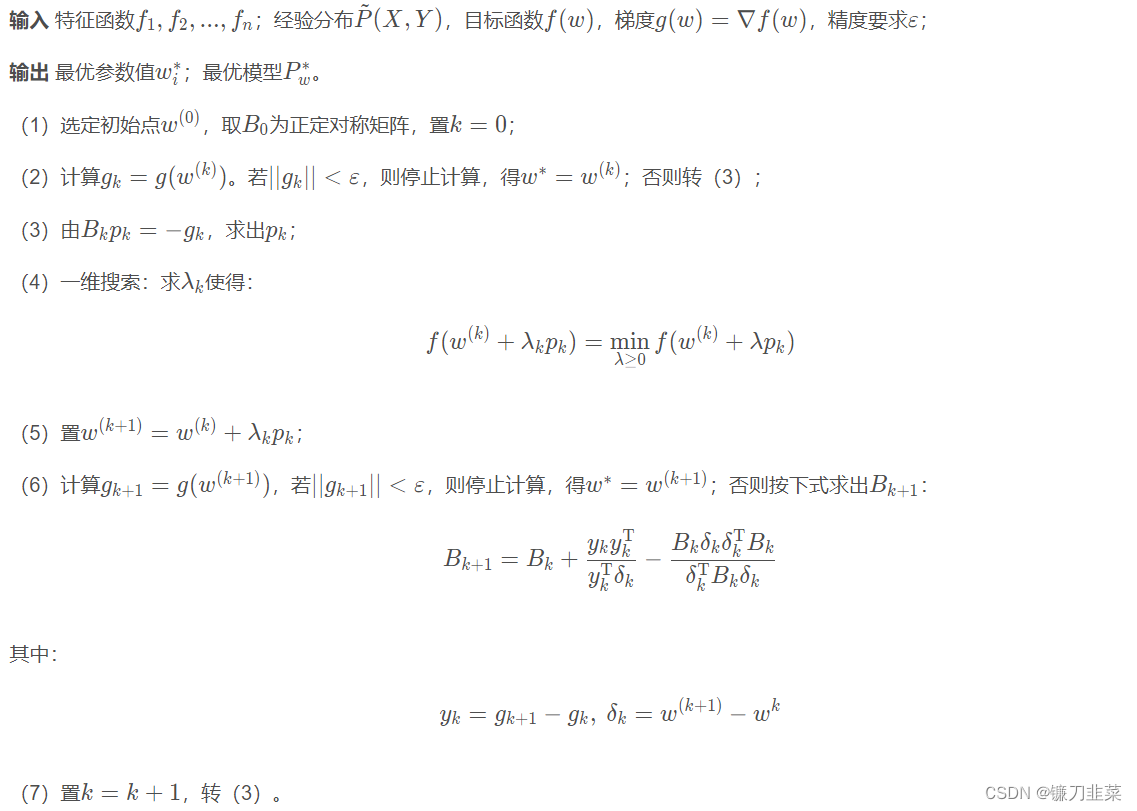
【统计学习方法】学习笔记——逻辑斯谛回归和最大熵模型
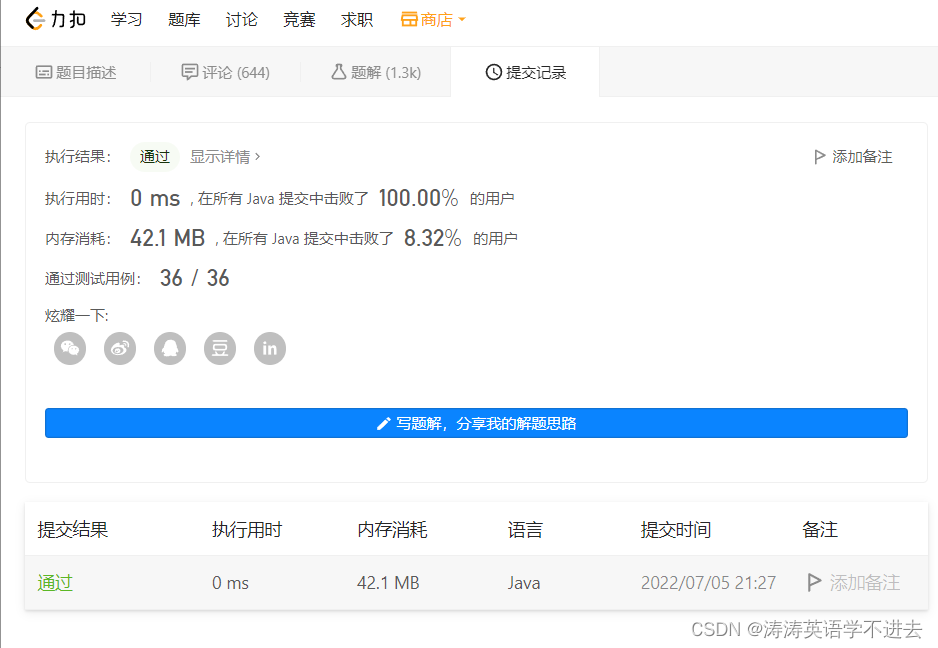
leetcode刷题:二叉树20(二叉搜索树中的搜索)

【统计学习方法】学习笔记——支持向量机(上)

idm服务器响应显示您没有权限下载解决教程
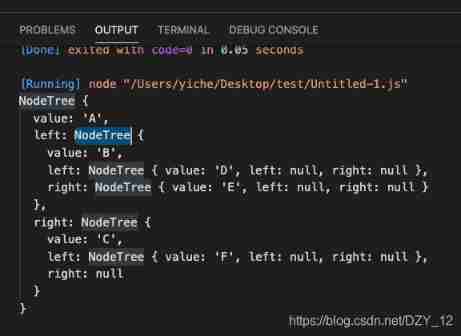
Preorder, inorder and postorder traversal of binary tree

(to be deleted later) yyds, paid academic resources, please keep a low profile!
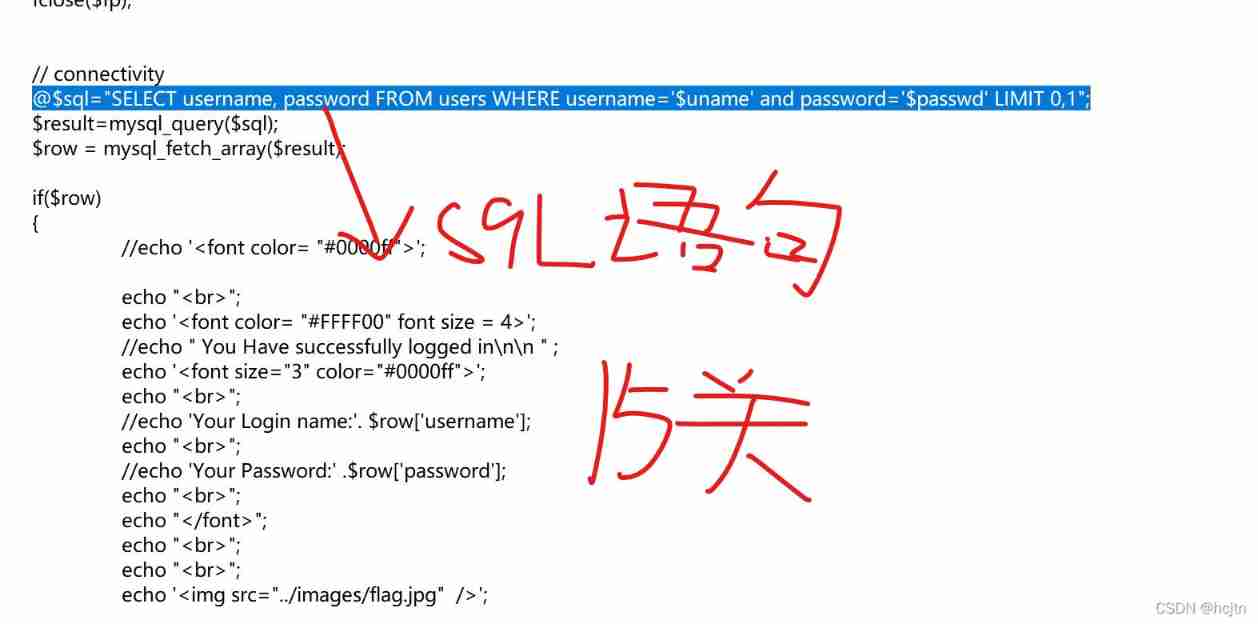
About sqli lab less-15 using or instead of and parsing
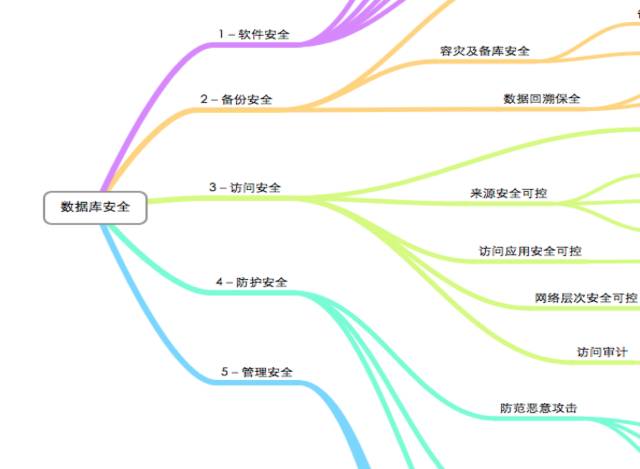
数据库安全的重要性

SQL Lab (36~40) includes stack injection, MySQL_ real_ escape_ The difference between string and addslashes (continuous update after)

Experiment with a web server that configures its own content
随机推荐
Inverted index of ES underlying principle
leetcode刷题:二叉树23(二叉搜索树中的众数)
【深度学习】图像多标签分类任务,百度PaddleClas
Simple implementation of call, bind and apply
How to use PS link layer and shortcut keys, and how to do PS layer link
Pule frog small 5D movie equipment | 5D movie dynamic movie experience hall | VR scenic area cinema equipment
Cryptography series: detailed explanation of online certificate status protocol OCSP
[statistical learning method] learning notes - support vector machine (I)
密码学系列之:在线证书状态协议OCSP详解
【统计学习方法】学习笔记——第四章:朴素贝叶斯法
[pytorch practice] image description -- let neural network read pictures and tell stories
ENSP MPLS layer 3 dedicated line
How much does it cost to develop a small program mall?
idea 2021中文乱码
visual stdio 2017关于opencv4.1的环境配置
Epp+dis learning path (1) -- Hello world!
IPv6 experiment
On valuation model (II): PE index II - PE band
sql-lab (54-65)
Epp+dis learning road (2) -- blink! twinkle!